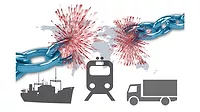Automation
How to ensure your automation system can be recovered
Take backups seriously to avoid disaster
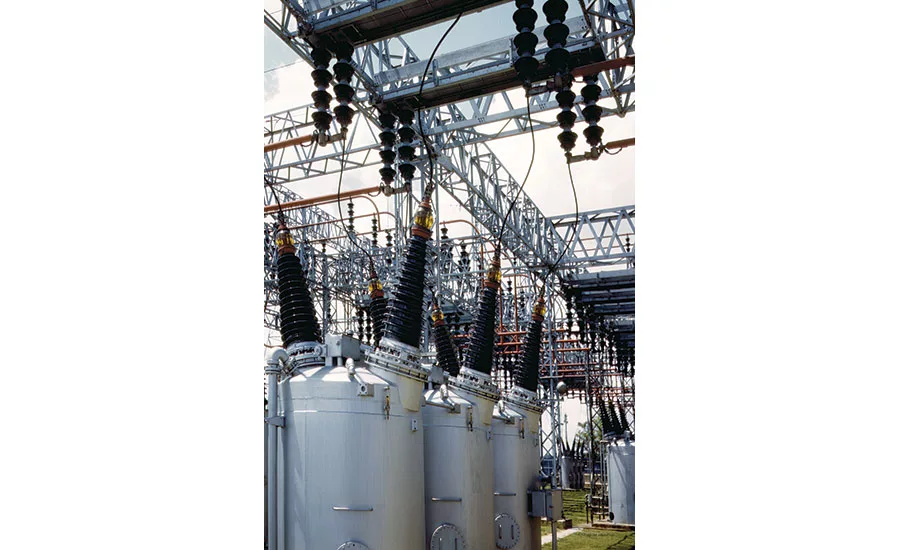
When the power goes off, will you be ready? Do you have backups for your devices? Do you have emergency power generation capabilities for your coolers and freezers?
Photo courtesy of the U.S. Library of Congress
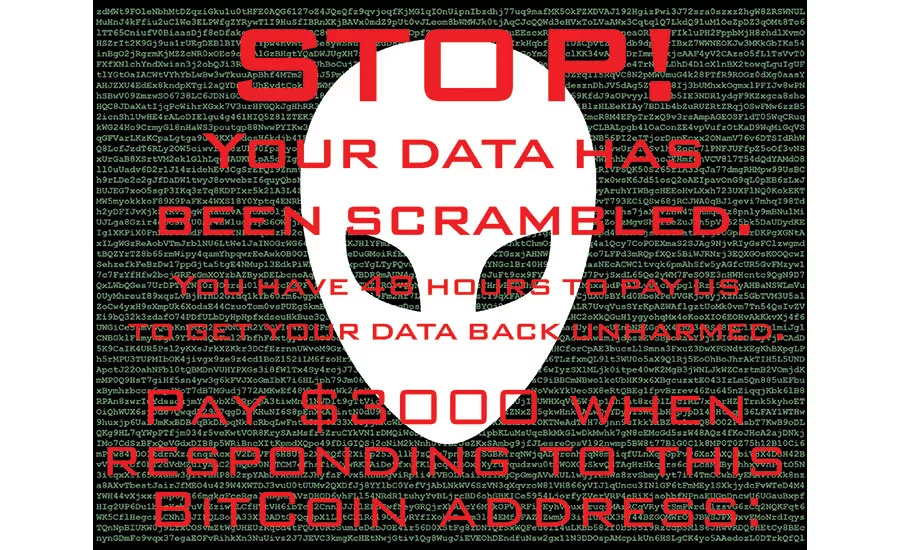
Ransomware is big business, and it’s not going away anytime soon. Do you have backups for your process and device configuration data?
Photo courtesy of Wayne Labs
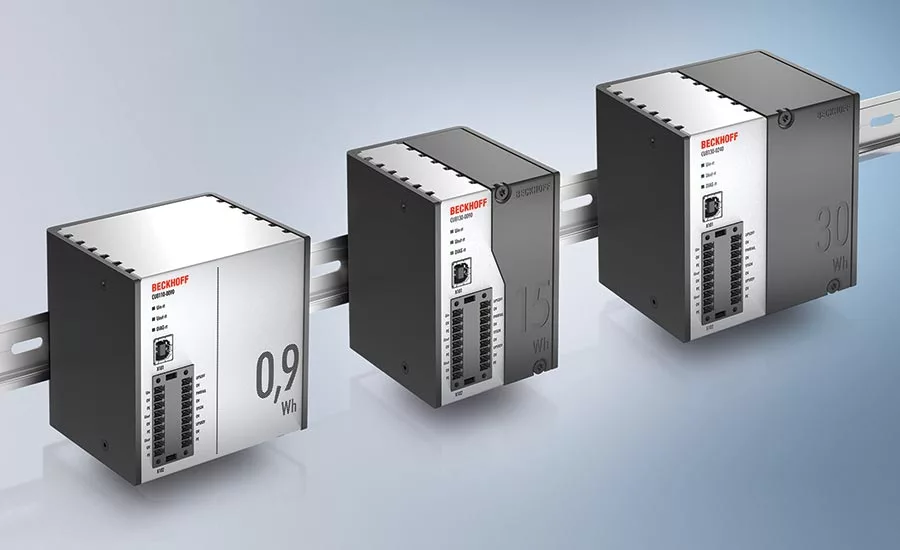
With built-in UPSs, the new CU81xx UPS series from Beckhoff currently includes one capacitive (left) and two battery-backed versions.
Photo courtesy of Beckhoff Automation
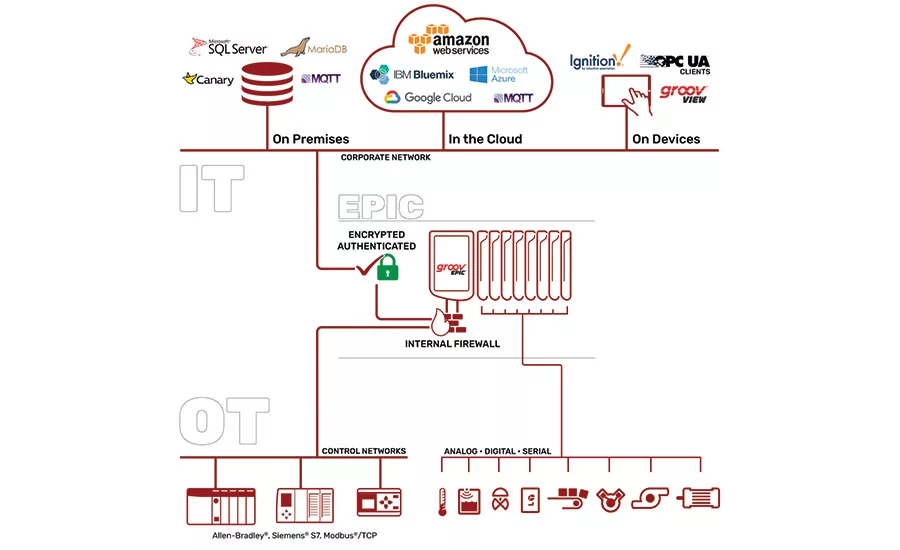
Smart industrial edge devices like Opto 22’s groov EPIC can be used to secure vulnerable legacy devices and controllers.
Illustration courtesy of Opto 22
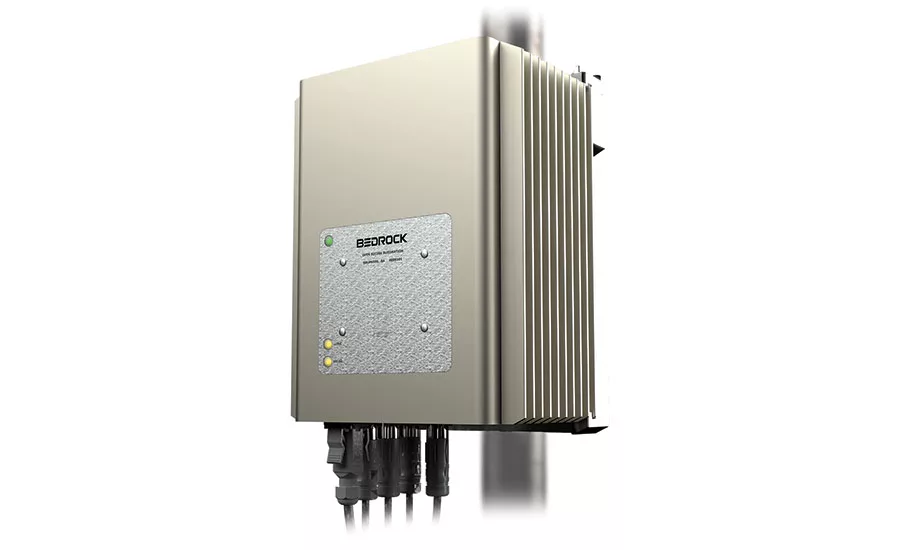
Bedrock Automation’s cyber-secure lithium-ion UPS supplies 24 VDC (12 Ahr) of power for any DCS, PLC, PAC or SCADA RTU. The unit recharges 10 times faster than conventional lead-acid systems.
Photo courtesy of Bedrock Automation
Managing power system issues
Power utility system planners need to consider what strategies should be developed to protect industrial controller and process data in industrial computing systems from damage due to power outages or surges.
Let’s start with simple power system design. Make sure that you provide power sources/panels that are dedicated to control systems and keep other electrical loads off those panels. Allowing other loads to share the panel and even the transformer that feeds the panel can bring in noise and power problems. For example, use a unitized power panel that is an all-in-one 480 to 208/120 VAC transformer and distribution panel. A transformer is a great line of defense and can separate sensitive controls from other “crud” on your power system. In a power loss, if by chance you share a panel with motor loads, then the power surge back from motors on loss of power provides a nice voltage spike and corresponding current surge that can damage power supplies and sensitive control hardware. So separate and isolate with a transformer.
A better, but more costly solution is using a UPS to provide that segregation. A single, centralized UPS that provides power just for the control system hardware is great. It separates the power and provides power backup. Even though you lose power to operate your equipment, keeping “the brain” active keeps you from losing data, and power cycling control equipment and computers that can inherently cause problems. The vast majority of power outages or brownouts are short duration. If you have a UPS that can back up the controls for 15-20 minutes, then you are covered for most events other than extreme cases. A centralized UPS is much easier to maintain.
The above solutions are easiest and most economical to implement in a new installation. Cost can go up in a retrofit. A lower cost retrofit solution tends to be small, localized UPS units, say, at each panel. The UPS provides some isolation and cleans up the power in addition to providing a backup to ride through most power blips. In some cases, you may need to provide power conditioners and isolation transformers upstream of the UPS to protect the UPS from power issues. A downside with this approach can be that now you have many little UPS units spread around, and they may be forgotten, resulting in an occasional failed battery and, thus, no UPS.
Another level of isolation is to have a 120 VAC power source for a control panel feed a 120 VAC to 24 VDC power supply, which then feeds 24 VDC input power supplies for PLCs and other hardware. Transformers, UPSs and power supplies all provide some level of protection. Just remember they may need protection if you have poor power quality.
Probably the biggest bang for your buck is to segregate and install isolation transformers. They are great power filters and are much more robust than a UPS, which many would use more as power backup than a power conditioner.
By Steve Pflantz, CRB USA
Looking for a reprint of this article?
From high-res PDFs to custom plaques, order your copy today!






